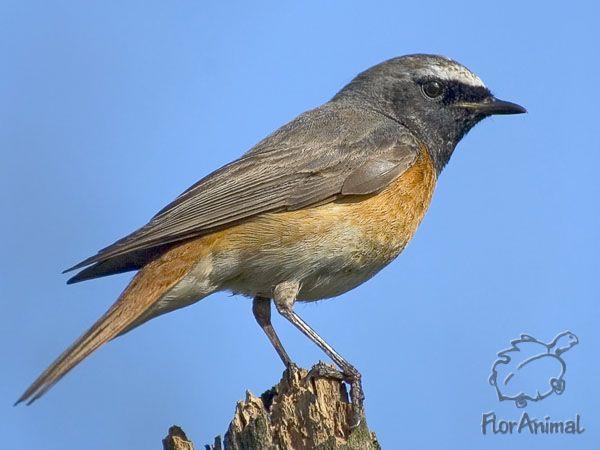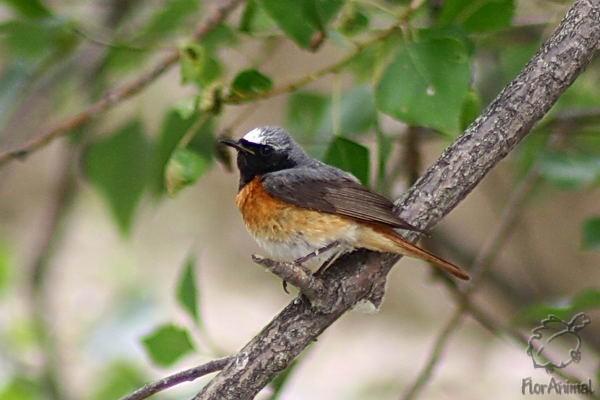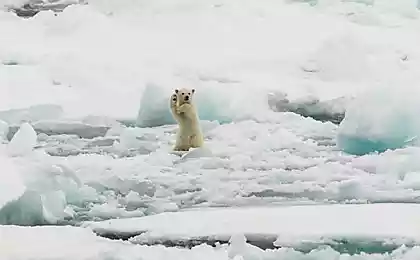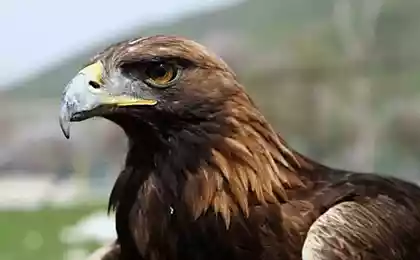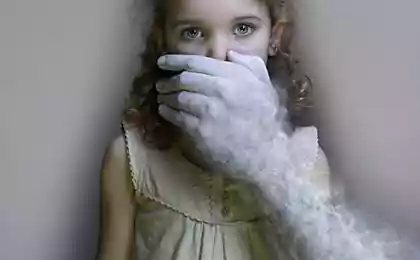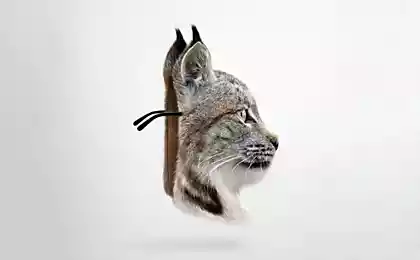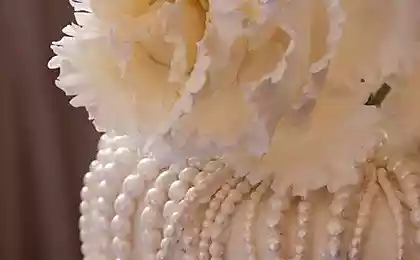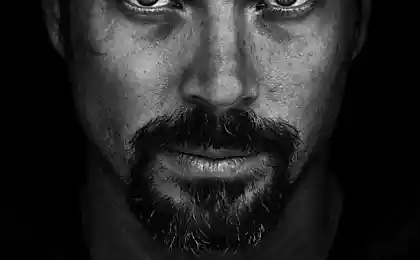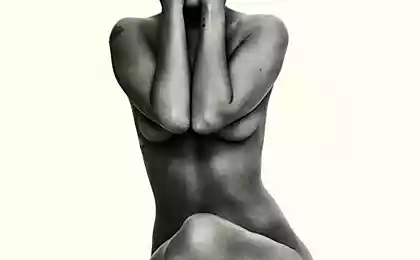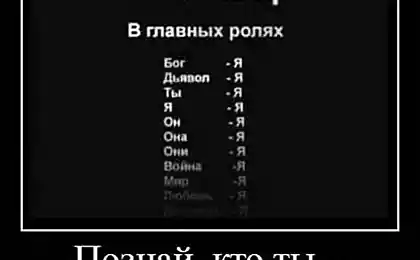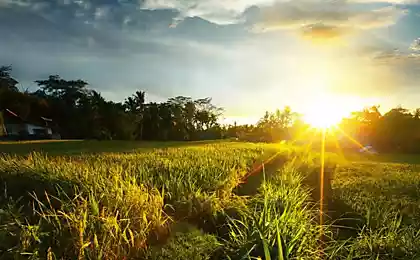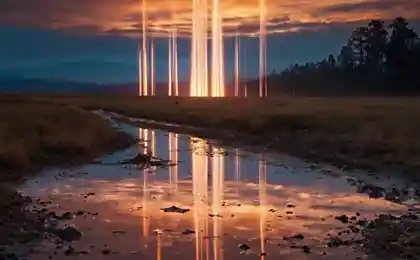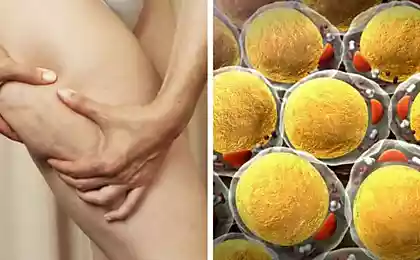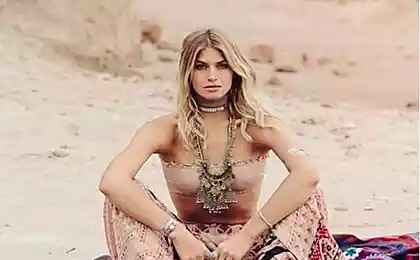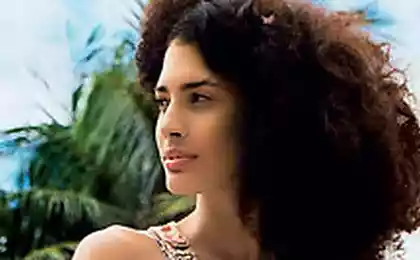843
Redstart (Phoenicurus phoenicurus)

Redstart (Phoenicurus phoenicurus) the size of a sparrow, but much slimmer. The body length of about 160 mm, a wing of about 80 mm, weight is not more than 20 g Very beautiful, brightly colored birds. In breeding plumage the head and the back of the male dark ash-gray color. Forehead white, brown wings. The tail, chest, belly and flanks are rusty-red. Throat, goiter, cheeks and area around eyes are black. The predominant color of the female is brown with reddish reddish nadhvostem and tail. Young birds are brown with ocher spots on the body. Nests redstart in mixed and deciduous forests, parks and gardens in North-West Africa, the British Isles, Europe, Siberia eastward to the watershed between the Ob and the Yenisei, in the Caucasus and in the Caucasus, in Asia Minor and in Iran and Iraq . Because much of the breeding range flies to winter in southern Arabia and Equatorial Africa, in North-West Africa, leading a sedentary life. Redstart wintering areas leave only at the end of March, but are flying quite fast and in the end of April appear in the central areas of its breeding range. By taking a suitable site, the males sing intensively rather short, somewhat nasal but sonorous and melodious trill, sitting somewhere on the top of the tree. They sing almost around the clock, briefly incessantly into the dead of the night (from 23-24 to 2-3 o'clock in the morning), but particularly intense in the morning and evening dawns. At this time the bird most often and loudly repeating his rallying cry (whistler "... it-fi, fi-it ...") and often twitches its tail, causing "flash", naked, purple tones of feathers (tail "lights" crimson colors sunset, so the bird itself was called "redstart"). For devices bird's nest occupied by all sorts of hollows in tree trunks, hiding in a stack of firewood under heaps of fallen trees, void under the roots and between the roots of trees or shrubs (especially if they are growing on the edge of a cliff or ravine), a shallow cave on the cliff, the place under the rocks, and in the towns make their nests for stragglers eaves or lining the walls and attics. Willingly settle in artificial nests if the flight hole structures is large enough. In late May, it comes masonry, consisting of 5-9, usually 6-7 eggs cerulean. Mainly female incubates for 13-15 days. Hatched chicks are in the nest for about 15 days. At this time they are fed both parents, bringing food to the nest to 500 times per day. Chicks have left the nest fly even bad and can not eat on their own: they accompany and feed the parents for another week, after which the adult birds start to the second clutch and brood wanders through the forest alone. With the onset of autumn - in September redstart begin to fly off to warmer climes. Span takes place at night. In early October, many redstart already reached Africa. Composition potreblinemoy Redstart food is very diverse: beetles (weevils, click beetles and their larvae, ground beetles, leaf beetles, dung beetles), crane fly, flies, larvae of sawflies, ants, Wasps, butterflies and their caterpillars, bugs, spiders, and in late summer berries and plant seeds.
